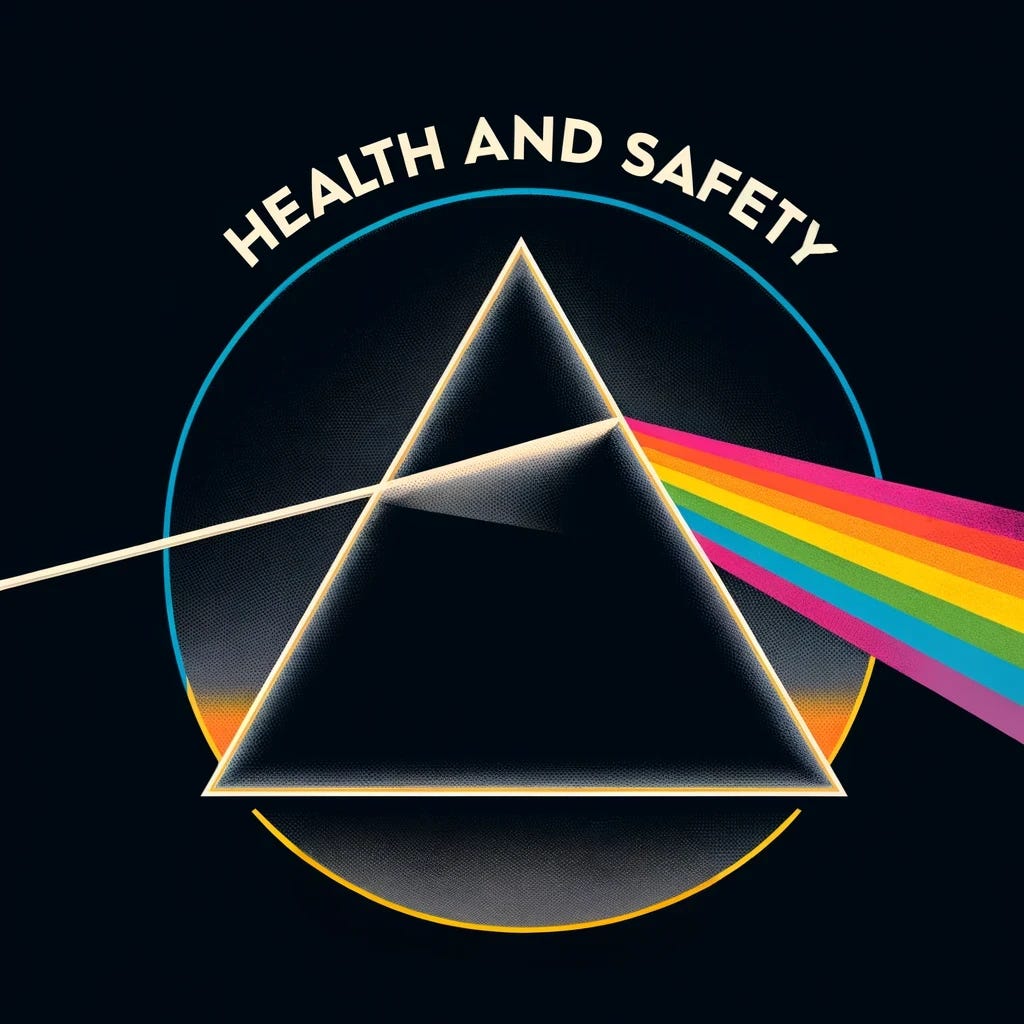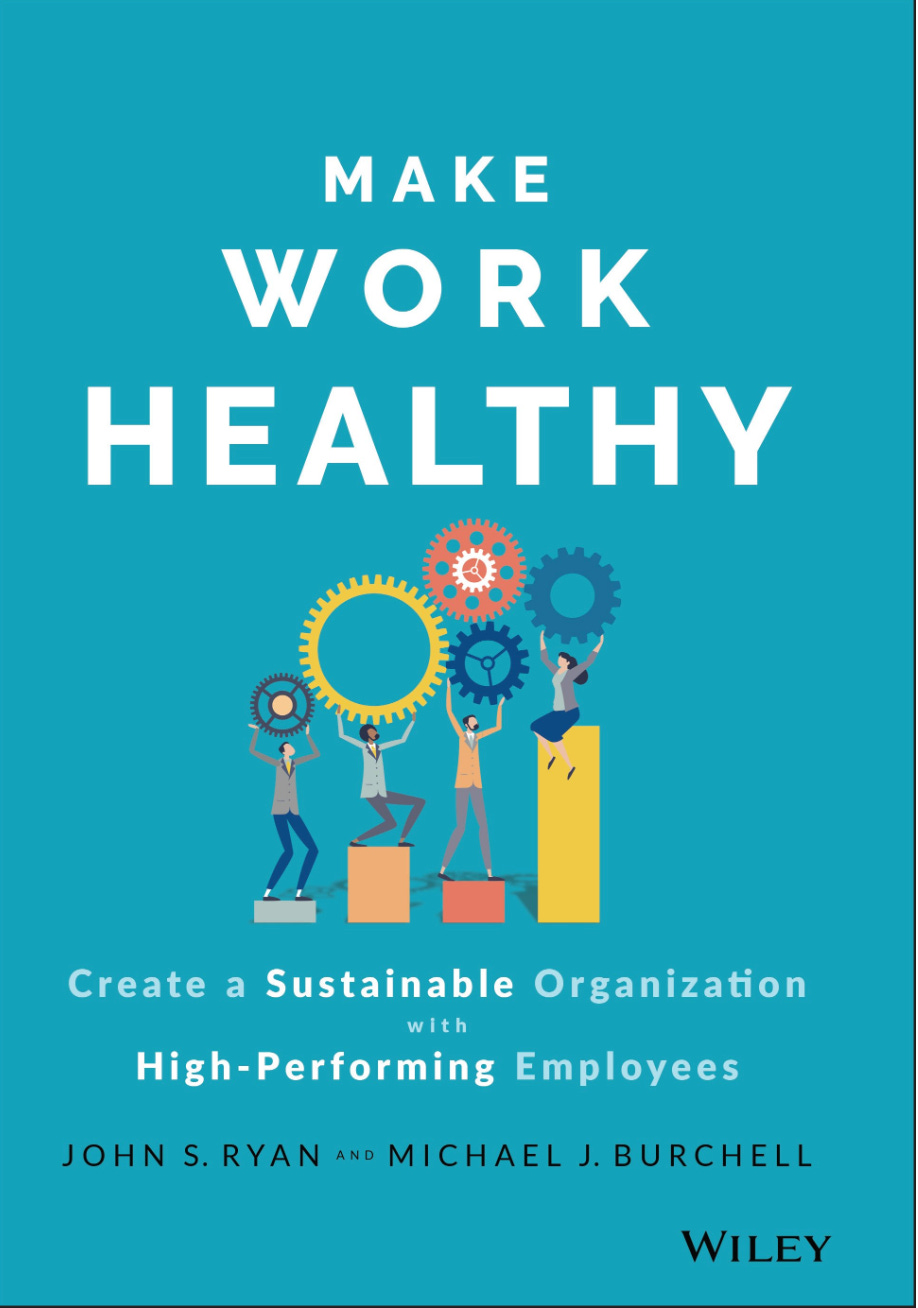This one’s been on my mind for some time.
Often, I read or hear vehement arguments that safety is an outcome. An outcome of a myriad of other organisational functions and conditions. This view suggests that safety results from various factors within an organisation, including processes, culture, and compliance. It implies a goal-oriented perspective where safety is achieved as the endpoint of implementing correct safety measures and protocols.
I can see the appeal. It emphasises the importance of systematic safety measures and integrating safety protocols into organisational practices. It's measurable, allowing organisations to assess their safety performance against established benchmarks or standards.
My concern is one of false hope. It may imply a finite goal, potentially leading organisations to become complacent once perceived safety levels are achieved. It also feels less adaptive to the complexity and uncertainty of today’s world of work, to changes in environment or operational conditions that can affect safety dynamically.
In my mind, it’s more nuanced than that. In my mind, safety is a state and not an outcome. One might think of safety along a continuum as a condition or state continuously evolving based on environmental and situational factors. I’m drawn to this because it recognises that safety isn't static and requires continued effort. The profession must acknowledge the dynamic nature of safety, recognising that changes in environment, technology, and personnel influence the state of safety. It encourages an enabling approach and challenges to drive continuous improvement. It promotes adapting to new challenges and situations as they arise. I feel, in turn, that the profession should be challenged to consider alternative approaches to their work.
I accept that this may make it harder to measure effectively, as the state of safety can fluctuate frequently. But that feels like a challenge for some clever clogs to overcome! It may also lead to organisational uncertainty about when safety objectives are "achieved," potentially complicating goal setting and performance assessments.
In short. Safety is an infinite game. You never complete safety. There is no finish line. If you approach safety with an infinite mindset, you begin to understand that safety must continually adapt and evolve to meet the needs and challenges of the world of work. You also realise that your role is to contribute to a larger purpose beyond your own or organisational goals.
Simon Sinek identifies five principles for how to lead with an infinite mindset:
1. Advance a just cause
2. Build trusting teams
3. Study your worthy rivals
4. Prepare for existential flexibility
5. Demonstrate the courage to lead
Things from others that caught my curiosity
Mental Health and Prismatic Thinking
This article caught my attention: One of the best I’ve read on the topic of mental health.
From the article:
I’ve fallen in love with a metaphor that gives me a balm for some of this. Writer Charles Foster says that true sceptical science embraces mystery. It is, he says, prismatic. “It takes a prism to show that white light is anything but white: that it’s composed of many colours.” If we’re to overcome our mental health crisis, we need to think prismatically. We need to resist simplifications and be inspired by the certainty that we are missing some richer shades of complexity on the side of the prism we can’t see.
What if we applied that to Occupational Safety and Health. What do we see in black and white that is actually gloriously complex tecnicolour? Could this lead to better discussions, more honest investigations, and better outcomes for the global workforce?
A new phrase I’m adopting:
JARGONMONOXIDE! It’s so good. Without any explanation, you get it. I discovered it in The Friction Project by Bob Sutton and Huggy Rao. It’s a great read, and thinking about good and bad friction is something I’ve been doing as a result of their work. But this phrase and their sub-divisions of convoluted crap, meaningless bullshit, in-group lingo and jargon mish-mash syndrome were just too good not to share. I believe we have all been in rooms where it becomes unbearable due to all the jargonmonoxide.
Something I didn’t know about but now I do I want to know more: SALUTOGENSIS. It’s the study of the origins of health and this article discusses how this can be applied to wellbeing. In particular, this line really grabbed me: We must accept that stressors in life are inevitable and cannot be avoided entirely. With that in mind, the goal is to respond to stressors in ways that move us toward ease and away from dis-ease. It’s a concept I intend to explore a bit more, along with the book Make Work Healthy.






Thanks for the comment Paul. I’m certainly not prescribing my view as the view. It’s just something that’s been swirling around in my brain. How quickly we move from safe to unsafe and the stages in between.
I hope that this medium allows people some time and space to consider, reflect and discuss. So I appreciate the feedback and your positioning. Indeed the enabling element has to be the focus!
I’ve got a few ideas bubbling away so hopefully, I can keep you looking forward to each one!
Stuart, Really interesting piece. I fully agree that Safety is an infinite game that you never complete or where you cross an imaginary finish line. I do however, prescribe to the 'Safety is an output' school although certainly not the metric driven element. I wonder how much we are responsible for creating this metric hungry leadership view? My favourite saying is 'Safety is a Noun not a Verb' because you can't 'do' safety you can only do tasks safely, I think the distinction is important. If we, as OSH professionals can approach tasks with a 'how can we make this task easier, more efficient, more productive' we can start to show that safety is a value add rather than a bolt-on process. Thanks for starting the kind of conversations I believe safety professionals should be having, looking forward to No2 already (no pressure).